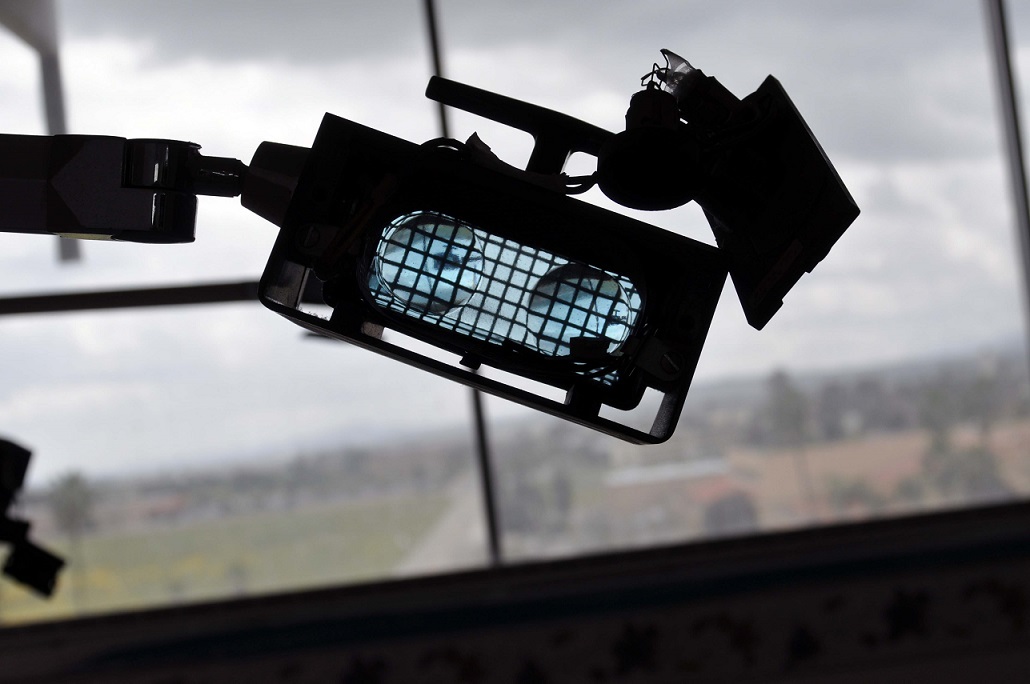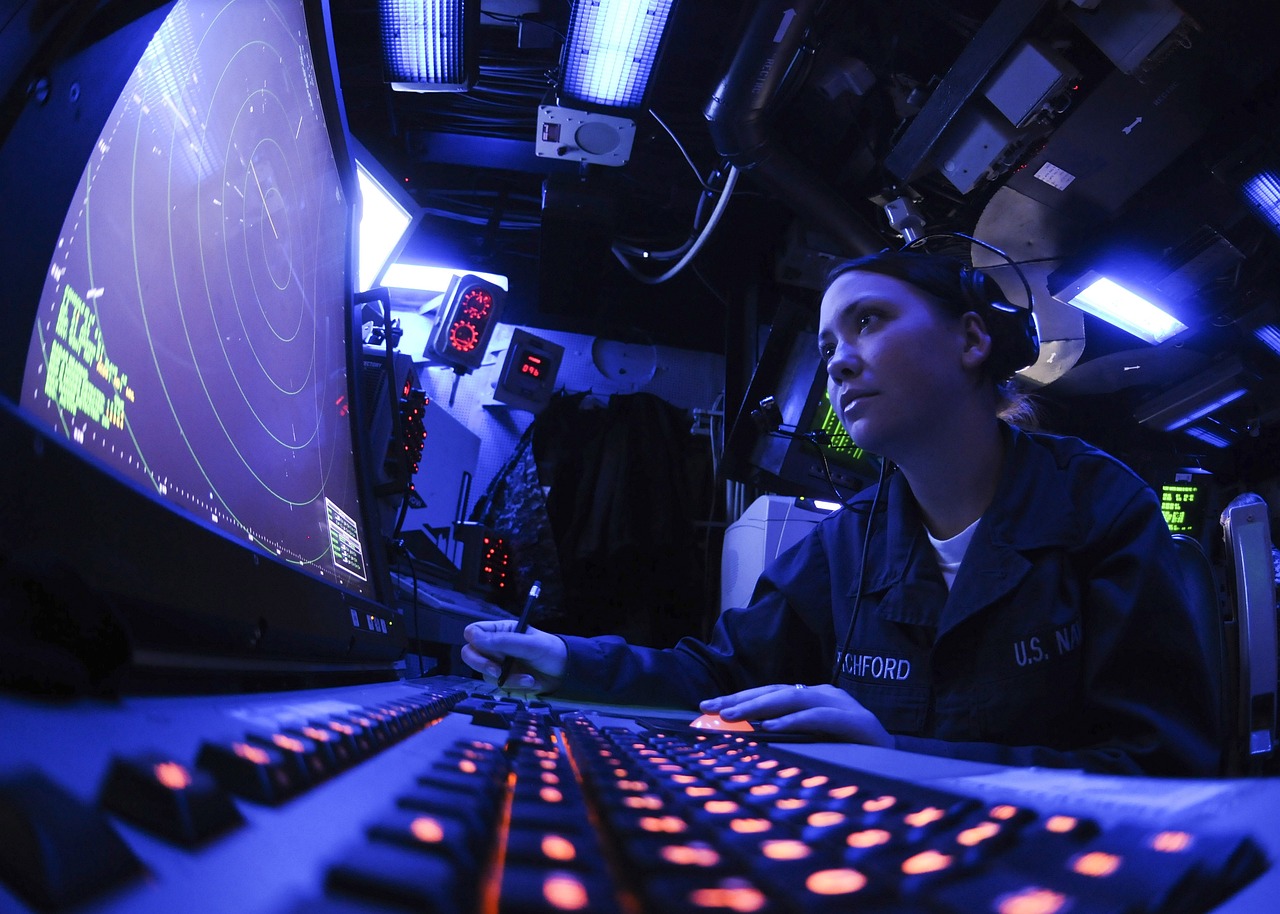
This post is also available in:
 עברית (Hebrew)
עברית (Hebrew)
New sensing method developed can enable us to passively sense an object even when direct vision is impeded. This could potentially be leveraged in a number of practical applications, including use in defense, surveillance, search and rescue and medicine. In short, covert sensing of objects around a corner may soon become a reality.
Imagine trying to see something around a corner. This is easily done with mirrors, but imagine that light from the object can only reach the detector after it bounces off a diffusing wall that acts like a shattered mirror. Even though light looks totally dispersed, some of its initial properties do not completely vanish.
Aristide Dogariu, a University of Central Florida Pegasus Professor of Optics and Photonics, and his colleagues, who published the paper demonstrating this discovery, were able to measure subtle similarities in the scattered light, undo the effects of this broken mirror, and get an idea of what lies around the corner.
“The fact that fundamental properties are not completely destroyed when light bounces off a diffuse medium like a wall can be used in so many different ways,” says Dogariu. “The question is, how much information you can still recover through this broken mirror-like surface,” as reported by phys.org.
By learning how the light transforms, it is possible to determine where the light came from. By undoing the effects of the diffusing wall, Dogariu and his colleagues have eliminated the need to control the light that illuminates the target object.
This is the first time that there has been a practical demonstration of passively detecting an object around a corner in this way.
The technique does not recover a complete image but collects more than enough information needed for task oriented surveillance.
“Based on results of our recent simulations, we envision that non-line-of-sight, passive imaging of complex scenes could be achieved by data fusing that combines spatial coherence with additional intensity information,” says George Atia, who took part in this research.
The new sensing method is not specific to light. It could be applied, for example, to infrared or microwaves radiation.






















